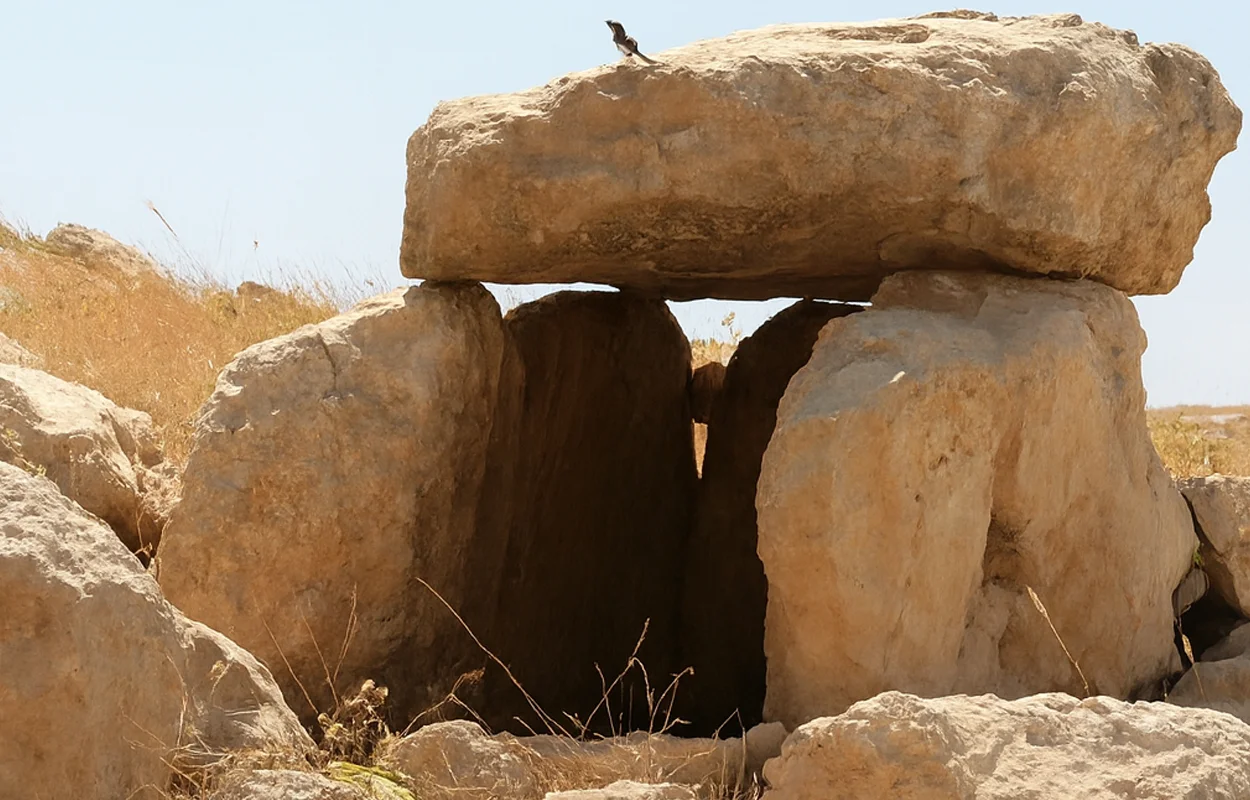Archaeologists from the University of Copenhagen have uncovered a large 5,500-year-old monumental landscape at Murayghat in the rocky hills of central Jordan.
The landscape dates to a transitional period when the Chalcolithic culture (4500–3700 BC) emerged into the Early Bronze Age. Once defined by permanent settlements, this early culture appears to have collapsed amid shifting climate conditions and growing instability.
According to Dr. Susanne Kerner, project leader and archaeologist at the University of Copenhagen, communities that survived this collapse may have turned to new collective rituals and monumental architecture as a response to change.
“Instead of large residential settlements with small sanctuaries, our excavations at Murayghat uncovered clusters of dolmens, monoliths, and massive stone structures,” says Kerner. “These were not homes; they were gathering places for rituals and communal burials.”
So far, archaeologists have documented more than 95 dolmen remains, as well as numerous standing stones and carved rock features. The arrangement of these megalithic monuments suggests Murayghat served as a ceremonial centre for dispersed communities, perhaps a place of pilgrimage, remembrance, or renewal during a time of uncertainty.
“The monuments and their visibility across the landscape may have acted as markers of identity and territory,” Kerner explains. “Murayghat gives us a glimpse into how early societies redefined themselves by building monuments and creating new forms of community when traditional systems failed.”
Excavations have also unearthed Early Bronze Age pottery, large ceremonial bowls, millstones, flint tools, animal horns, and copper artefacts, all pointing to ritual activity and social gatherings.
The findings, published in the journal Levant under the title “Dolmens, Standing Stones and Ritual in Murayghat”, reveal how early peoples in the region sought to rebuild identity, faith, and cohesion through monumentality, transforming crisis into a catalyst for cultural renewal.
Header Image Credit : University of Copenhagen
Sources : University of Copenhagen





